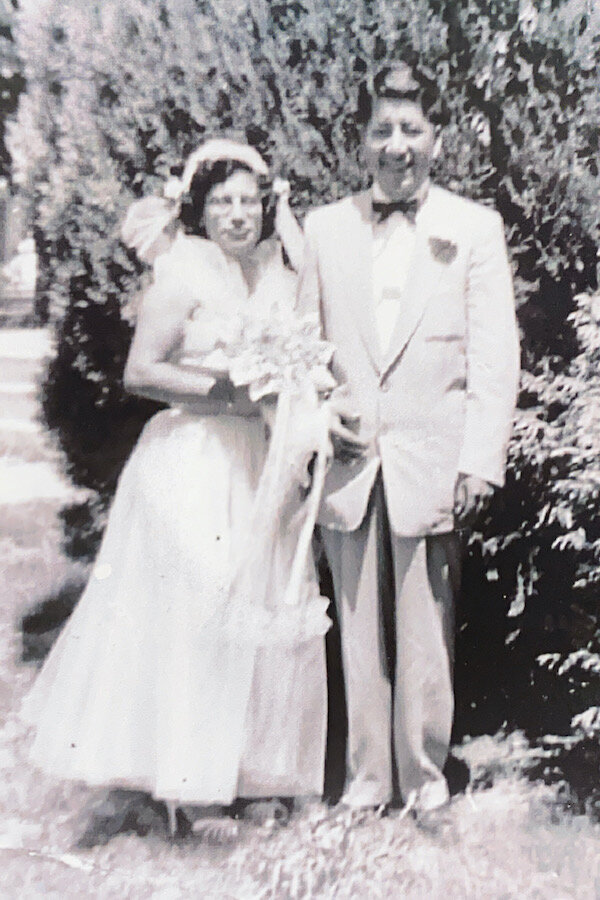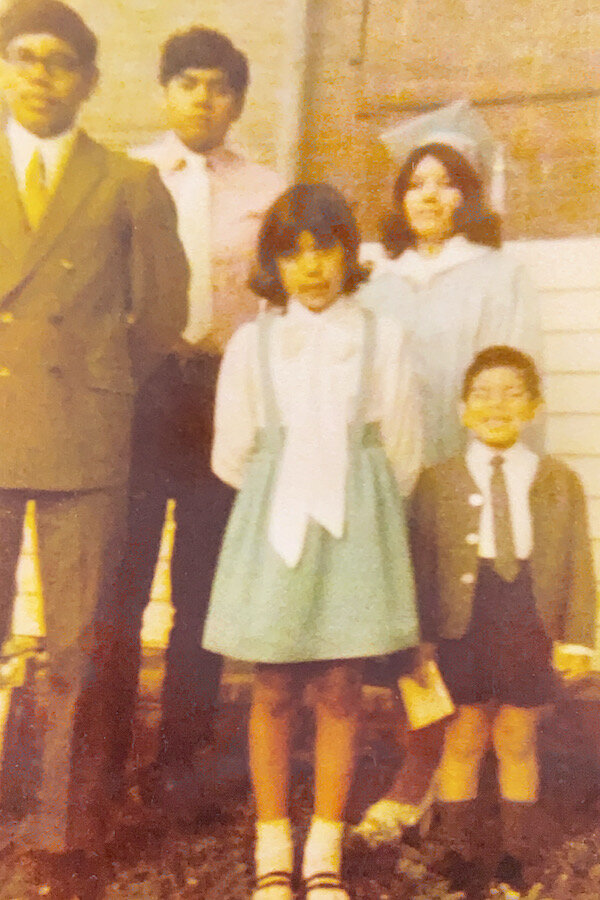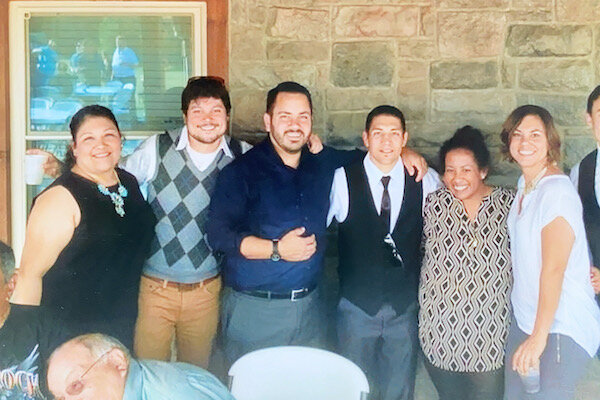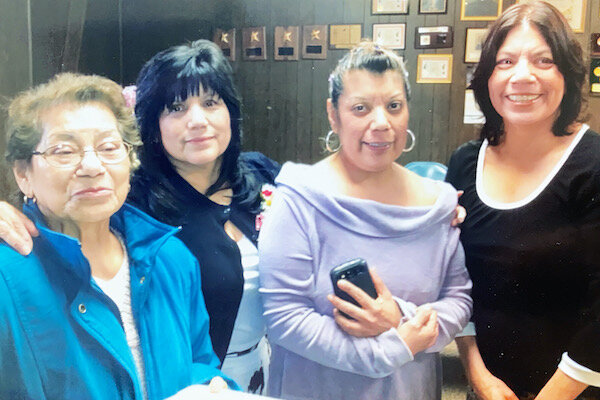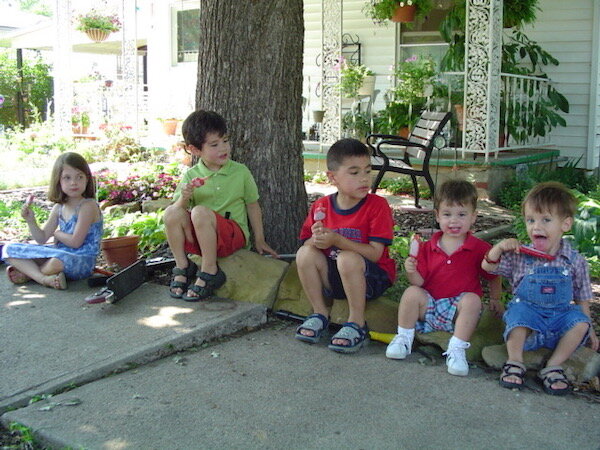In my great-great tío Julian Leon's obituary, it says:
He came to Kansas with his family during the revolution. All of the men, including 12-year-old Julian, worked the railroad.
This little known but seismic fact in my own life -- the entire reason I was born into a large community of Mexican-Americans in southeast Kansas -- wasn't known by me until I was in my mid-twenties. My family didn't sit around talking about why we were brown with Mexican food, heritage, and culture woven into our lives in small-town middle America. We didn't see ourselves as "other."
But when I moved to Des Moines, Iowa after college to work for the newspaper, it was the first time I saw another long-standing Mexican-American community in an area where people didn't expect it. That well-established, multi-generational Mexican-American community in the suburb of West Des Moines was in a neighborhood called Valley Junction. The railroad was the reason their grandparents had settled there. The railroad, I came to discover, was why my family had settled in Kansas.
I tell this little-known piece of history about the Mexican traqueros who helped build the railroad through the central states in After Hours on Milagro Street.
Traqueros
In the late 1800s and early 1900s, railroads needed a new source for labor. The wildly racist Chinese Exclusion Act prevented the Chinese, who'd made up 90 percent of the labor force that built the transcontinental railroad even though they got paid 30-50 percent less than their white counterparts, from immigrating to the U.S. or becoming citizens. Railroad companies began recruiting Mexicans from Mexico, who were dealing with the chaos of the Mexican Revolution as well as circumstances that kept them in poverty. Men were offered the backbreaking seasonal work of coming to the United States to lay track for ten-cents-an-hour.
Thus, the traqueros were born.
Railroad companies realized they could retain their workers, getting more skilled and dependable labor, if they recruited families. They offered box-car housing as an incentive, turning a box car into a two-family housing unit. This encouraged families to come, stay, and commit to the community. It also encouraged chain migration: One family told their compadres in a village, and soon, large populations from small villages in Mexico relocated to towns throughout the central states. Much of my community in Kansas can trace their roots back to Abasolo, Guanajuato.
Why should readers care?
The fact that Mexicans were integral to building such an important and romanticized part of the American infrastructure is a little-known piece of history. Reading After Hours on Milagro Street, you'll learn what a lot of people don't know.
Additionally, we're suffering from an alarming amount of xenophobia in our country. Latinx people aren't "others." The traquero story is one example of how the United States has always relied on Latinx people to do the difficult, essential labor in the farmfields, meatpacking plants, construction sites, and rail yards. Those of Latinx descent have been essential to building, maintaining, and improving this country.
I hate that there's a need to remind people of that.
But what better way to remind them than in a escapist, sexy romance novel that sweeps you away while giving you a peek into a fascinating piece of hidden history.








